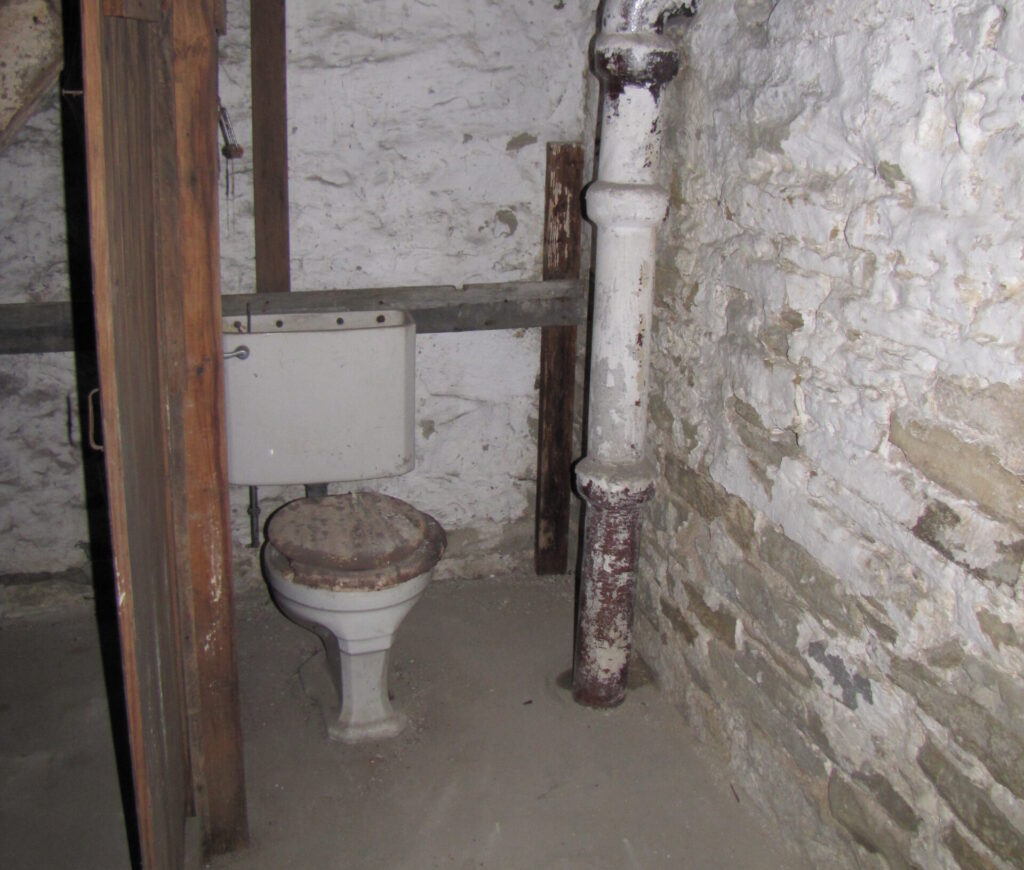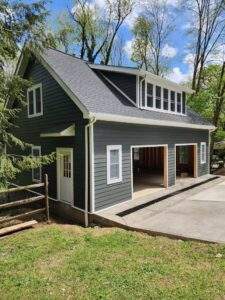The Pittsburgh Toilet
The Pittsburgh toilet, also commonly referred to as the “Pittsburgh potty,” is a unique fixture that can be found in many homes in the Pittsburgh area. It is a type of toilet that is found in a basement or other unfinished area of a home. The origins of the “Pittsburgh potty” are somewhat murky, but it is widely believed that the fixture became popular in the early 20th century.
One theory about the origins of the Pittsburgh toilet is that it was developed as a way to provide indoor plumbing for working-class families. Many of these families lived in row houses and other small homes that did not have indoor plumbing. The Pittsburgh toilet provided a convenient and inexpensive way to add a toilet to a home without the need for extensive plumbing work.
Another theory about the origins of the Pittsburgh potty is that it was developed as a way to deal with Pittsburgh’s hilly terrain. The city is built on a series of hills, and the topography can make it difficult to install plumbing in some areas. The Pittsburgh toilet provided a solution to this problem by allowing homeowners to install a toilet in a basement or other area that was easier to access.
Regardless of its origins, the Pittsburgh toilet quickly became a fixture in many Pittsburgh homes. The design of the toilet is simple and utilitarian, with a basic bowl and no tank. The toilet is typically located in a small, unfinished room in the basement or a similar area of the home. The room may be enclosed with walls and a door, or it may be open to the rest of the basement.

The Pittsburgh toilet has become so ingrained in Pittsburgh culture that it is often referenced in popular media. The toilet has appeared in several movies and television shows set in the Pittsburgh area, including the television show “Pittsburgh Dad.” The toilet has also been the subject of several articles and blog posts, and it has even inspired a line of merchandise.
Despite its popularity in Pittsburgh, this style of toilet is not without its critics. Some people view the toilet as unsanitary or unpleasant, and they prefer to have a more traditional bathroom in their homes. Others see the Pittsburgh potty as a symbol of Pittsburgh’s working-class roots, and they embrace the fixture as a part of the city’s cultural heritage.
Despite the debate surrounding the Pittsburgh toilet, it remains a fixture in many Pittsburgh homes. The toilet has become a part of the city’s history and culture, and it is a unique feature that sets Pittsburgh apart from other cities. Whether you love it or hate it, the Pittsburgh toilet is an enduring symbol of Pittsburgh’s working-class roots and its resilience in the face of challenges.
In recent years, there has been a renewed interest in the Pittsburgh toilet among architects and designers. Some designers have taken inspiration from the toilet’s simple, utilitarian design, and they have incorporated elements of the Pittsburgh toilet into modern bathroom designs. These designs often feature exposed pipes and concrete floors, and they embrace the rough-and-tumble aesthetic that is characteristic of Pittsburgh.
As the city of Pittsburgh continues to evolve, so too will the Pittsburgh potty. While the fixture may not be as popular as it once was, it will always be a part of Pittsburgh’s cultural heritage. Whether you view the toilet as a charming quirk or an unsanitary relic, there is no denying its place in Pittsburgh’s history.
The Pittsburgh toilet is a unique fixture that has become a part of Pittsburgh’s cultural heritage. While its origins are somewhat murky, it is widely believed that the toilet became popular in the early 20th century as a way to provide indoor plumbing for working-class families. Today, the toilet remains a fixture in many Pittsburgh homes, and it is a symbol of the city’s working-class roots and its resilience in the face of challenges. Whether you love it or hate it, there is no denying the impact that the Pittsburgh toilet has had on the city of Pittsburgh.




